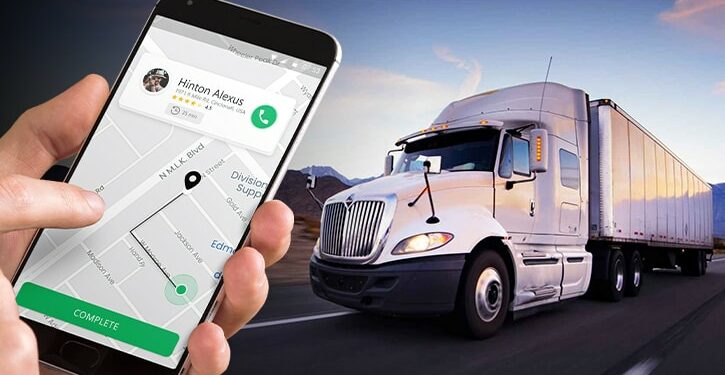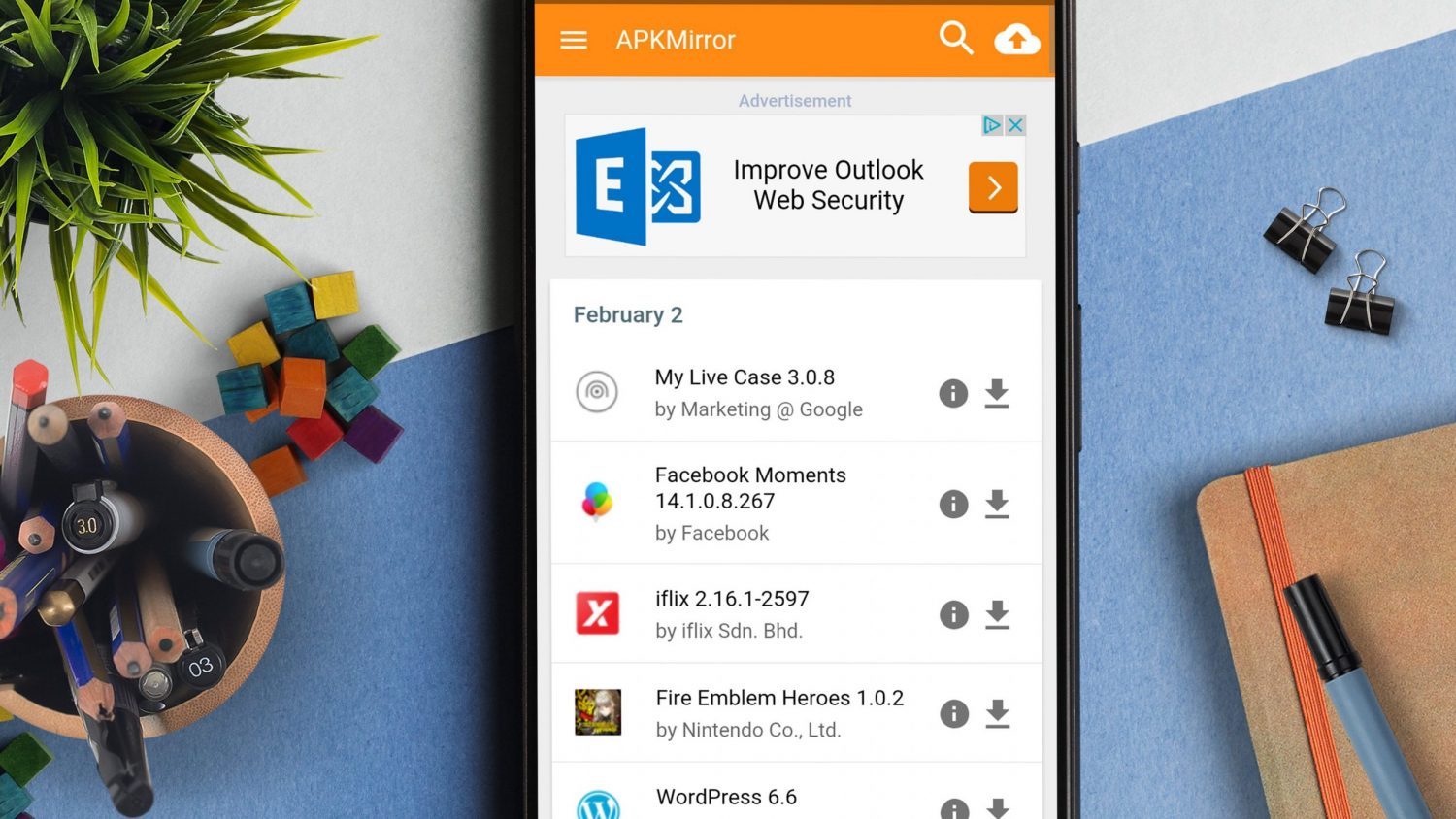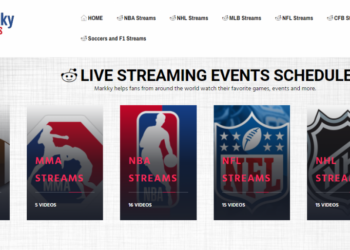The evolution of mobile apps has transformed many industries over the last decade and the logistics sector is no exception. According to Markets and Markets, the global digital logistics market size is expected to reach upto USD 46.5 billion by 2025. Such figures make a very sound case for entrepreneurs to invest in the online logistics industry. There are numerous ways through which you can make a mark in the online logistics industry. One such method is to build a user-centric logistics mobile app. However, creating an app that could help you build a solid brand presence is a challenging task. To help you on your way, this blog sheds light on:
- Business Benefits of Creating Logistics Mobile Apps
- Examples of Top Logistics Mobile Apps
- How to Build a Logistics Mobile App?
- Advanced Features of a Logistics Mobile App
So without wasting any time, let’s dive right in.
Business Benefits of Creating Logistics Mobile Apps
Transparency in Fleet Management
A logistics mobile app brings transparency in logistics & transportation processes. It helps businesses to effortlessly track and check the real-time location of their vehicles. From keeping an eye on the technical condition of the vehicle to payload capacity to current routes & fuel expenses, a user can transparently check every fleet management process with utmost ease and convenience.
Real-Time Vehicle Tracking
As logistics mobile apps automatically provide real-time updates about the vehicles, you don’t need to text or call drivers for any information. You can get the location of your delivery agent and measure its distance from drop-off location. It will help you make your customers aware of the estimated arrival time of the parcel in advance.
Eliminates Paperwork Formalities
Logistics mobile apps play a vital role in eliminating the paperwork involved in the logistics industry. You can send e-bills to your clients and receive online payments in a time-efficient manner. Going paperless will save your precious time and reduce additional expenses to a large extent. Furthermore, drivers can instantly access data like driving time, fuel expenses, mileage, etc. online using a logistics app.
Streamlines Supply Chain Operations
Whether its a startup or a renowned organization, logistics mobile apps enable businesses of all sizes to streamline their entire supply chain operations. You can change delivery schedules and manage rides as per your requirements which will cut down your business cost. Moreover, you can predict certain problems, reduce performance gaps, and make data-driven business decisions leveraging logistics apps.
Examples of Top Logistics Mobile Apps
Veeqo
Veeqo is an inventory-management app that helps omnichannel retailers to efficiently manage warehouse operations from the palm of their hand. Retailers can use Veeqo app to perform numerous operations like receiving orders from marketplaces, tracking sales reports on a daily basis, viewing and updating inventory levels, and many more.
Logistimo
Logistimo enables users to manage logistics and supply chain operations in rural markets. Whether it’s a retailer or distributor, Logistimo makes it easy for every user to track inventory, manage orders, and troubleshoot several problems involved in the supply chain process without any hassle.
Link Bollore Logistics
LINK app is available in more than a dozen languages that allow users to instantly access documents associated with their transport orders. It comes with an easy to use and intuitive interface that empowers users to track their shipments quickly and efficiently.
CoPilot Truck
CoPilot Truck is an app trusted by millions of the world’s leading delivery fleets. It is designed to provide the best route navigation experience to drivers working in the logistics industry. It helps drivers in route planning by providing real-time updates about low bridges and truck-restricted areas.
How to Build a Logistics Mobile App?
- Identify your goal
The first step in the process of creating a successful logistics mobile app is to identify your business goal. Logistics industry contains numerous departments which means the logistics app you’re going to build will vary by end-users, feature list, and purpose. So before moving further, it is recommended to choose the type of logistics app as per your business needs. For instance, if you own a warehouse and want to manage logistics operations related to the goods stored in your store, then you must go for a personalized warehouse app. On the other hand, if you’ve an excessive fleet and want to monitor and track information about each vehicle, then you must build a fleet management app.
- Conduct thorough research
After finding the app type, the next and the most important step is to conduct thorough market research. An in-depth research will help you find your market competitors, target audience, current mobile app market scenario, and problems involved in the modern-world logistics industry. In order to find the latest trends and basic user needs, try to visit social media platforms, read blogs & articles published on newspapers & some high authority websites, and attend monthly meetings & hackathons.
- Choose Core Features for Driver, Customer, & Admin Panel
Admin Panel
Log In/Sign-up: Admin will login into the app using his email address and password. Social media profiles could also be used for direct login.
Dashboard: Admin will access essential information like shipment status, recent orders, pending complaints, fleet status, etc. using app dashboard.
User management: Using this feature, admin can easily manage drivers’ and customers’ databases and keep an eye on the activities happening on the logistics app.
Order management: This feature will provide information like total number of orders, average revenue per order, pending orders, dispatched orders, etc.
Freight tracking: Admin can track the real-time location of drivers and customers using this feature.
Fleet management: This feature will enable admin to track vehicles’ related data like average fuel consumption, total load capacity, assigned drivers, current status, etc.
Expense management: Admin will be able to view, analyze, approve, and generate bills with this advanced feature.
Driver Panel
Login: Driver will login into the logistics app by using his phone number & password or via social media profiles.
Profile management: Driver will add basic profile info like name, age, license number, photo, DOB, etc.
Shipment details: The feature will showcase all the shipment details like current, scheduled, and dispatched orders along with pick-up/drop-off location and estimated day/time of arrival.
Route navigation: Driver will enter the pick-up/drop-off location and the app will show the full route along with directions.
Push notifications: Drivers will receive timely updates regarding current or scheduled orders, newly assigned shipping orders, delivery details, latest trends in the logistics industry and many more.
Chat support: This feature facilitates easier communication between drivers, customers, and admin. Customers can also send delivery instructions to drivers using chat support.
Customer Panel
Login/Sign-up: Customers will login into the app by entering their credentials like username and password.
Schedule pickup: This feature will enable customers to schedule order delivery in advance as per their convenience.
Track shipment: Users will track shipments using this feature and get an estimate about the expected date and time of delivery.
Payments: Including multiple payment options like net banking, cash on delivery, digital wallets, etc. will help users to make order payments efficiently.
Ratings & Reviews: Users will share their reviews and ratings 0n the basis of their past delivery experiences and the quality of service being received.
Push Notifications: Just like admin and driver, customers will also receive notifications regarding their order status.
- Select the Right Technology Stack
Leveraging the power of the right tech stack will help you streamline the overall app development process. Here are some technologies that you could use while developing your logistics app:
Mobile App Development: Kotlin for Android app and Swift for iOS app
Backend Development: PHP
Database: Apache HBase, MongoDB
Payment: Stripe, Paypal
Push notifications: Firebase
Real-time Analytics: IBM, Spark
Cloud: Amazon AWS, Google Cloud
- Pick a Hiring Option
Once you’re done with deciding app features and tech stack, the last step is to choose a hiring option. You can choose among a freelancer or a custom mobile app development company as per your overall budget and app size. It is recommended to hire an app development agency as you may require the assistance of developers, testers, UI/UX designers during various phases of the app development process.
Advanced Features of a Logistics Mobile App
Multilingual Support
Providing multilingual support in your logistics app will improve your brand reach and attract users from various countries around the world. It will enable smooth communication between your fleet managers and drivers. Furthermore, creating your app in multiple languages will remove language barriers and put native speakers in a cultural comfort zone.
Automatic Route Planning
This feature will help drivers in effective route management. Drivers will enter pick-up and drop off locations and the app will suggest shorter routes even before the start of their journey. They will also receive notifications regarding the accident-prone and high traffic areas in advance. Adding this advanced feature will shorten the delivery time and minimize fuel expenses.
Fleet Maintenance Updates
This feature will help you keep an eye on your vehicle’s maintenance schedule. From fuel consumption patterns & expenses to vehicles’ load capacity to current tyre pressure, you will get real-time updates about your vehicle’s condition. Besides, it will also provide a safe and smooth driving experience to drivers.
In-App Chat Support
The safety of a driver is of utmost importance in the logistics industry. A chatbot in your logistics app will ensure that your fleet managers are always connected with delivery agents. It would not only make the chat interaction quicker and efficient but also solves minor issues faced by drivers during their journey.
Conclusion
Amid the COVID-19 pandemic, the logistics industry is going through a massive transformation in which mobile apps play a crucial role. Launching a logistics app requires an in-depth study surfacing the logistics industry. In this blog, the information regarding the several aspects of the logistics app development process is shared. However, if you are willing to know more about the dynamics behind creating a successful logistic app or have any doubts in your mind regarding the logistics industry, then it is recommended to get in touch with experts at the leading custom mobile app development company like FATbit Technologies.
Author Bio – Bhavmeet Kaur is a digital marketing specialist at FATbit Technologies. She works closely with B2C and B2B businesses. Being a digital marketing professional, she is passionate about sharing her knowledge by writing blogs. Her main interests are the growth of businesses through innovative ideas and unique strategies.






